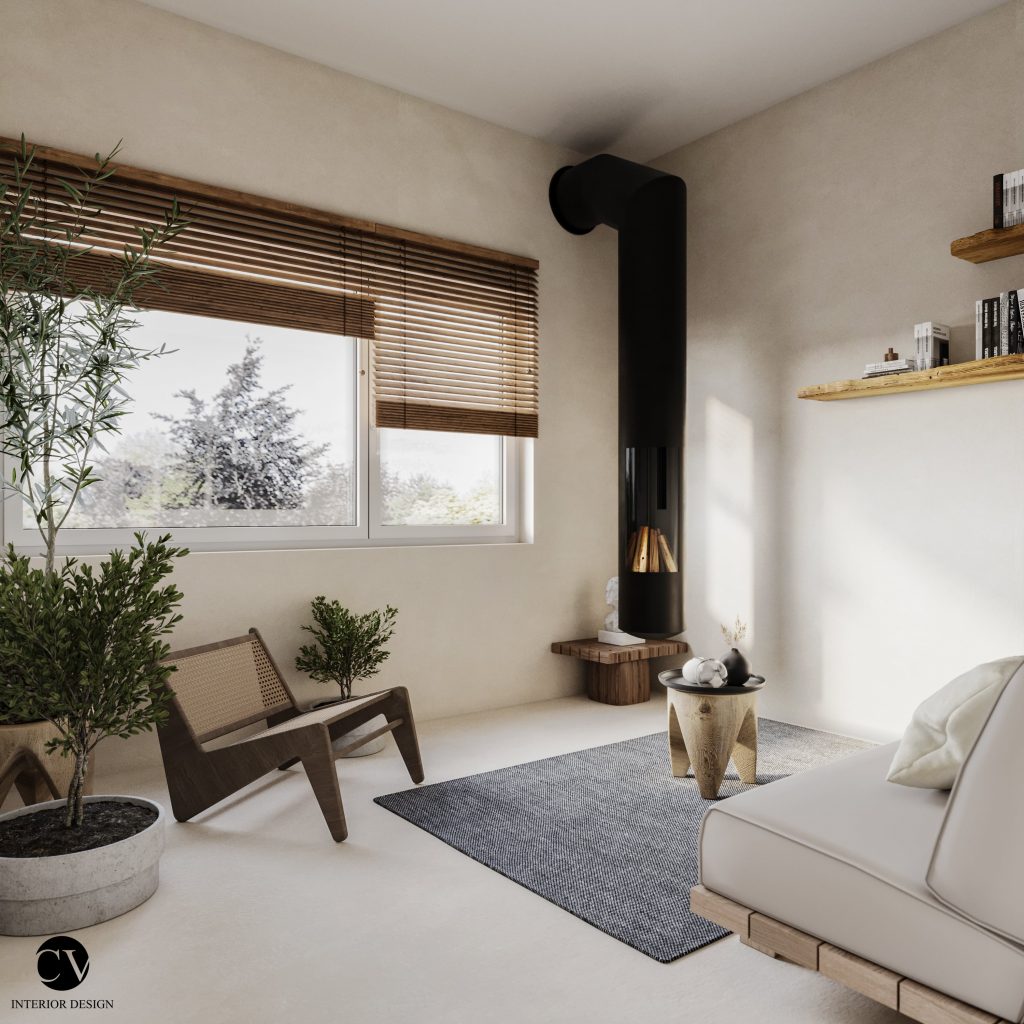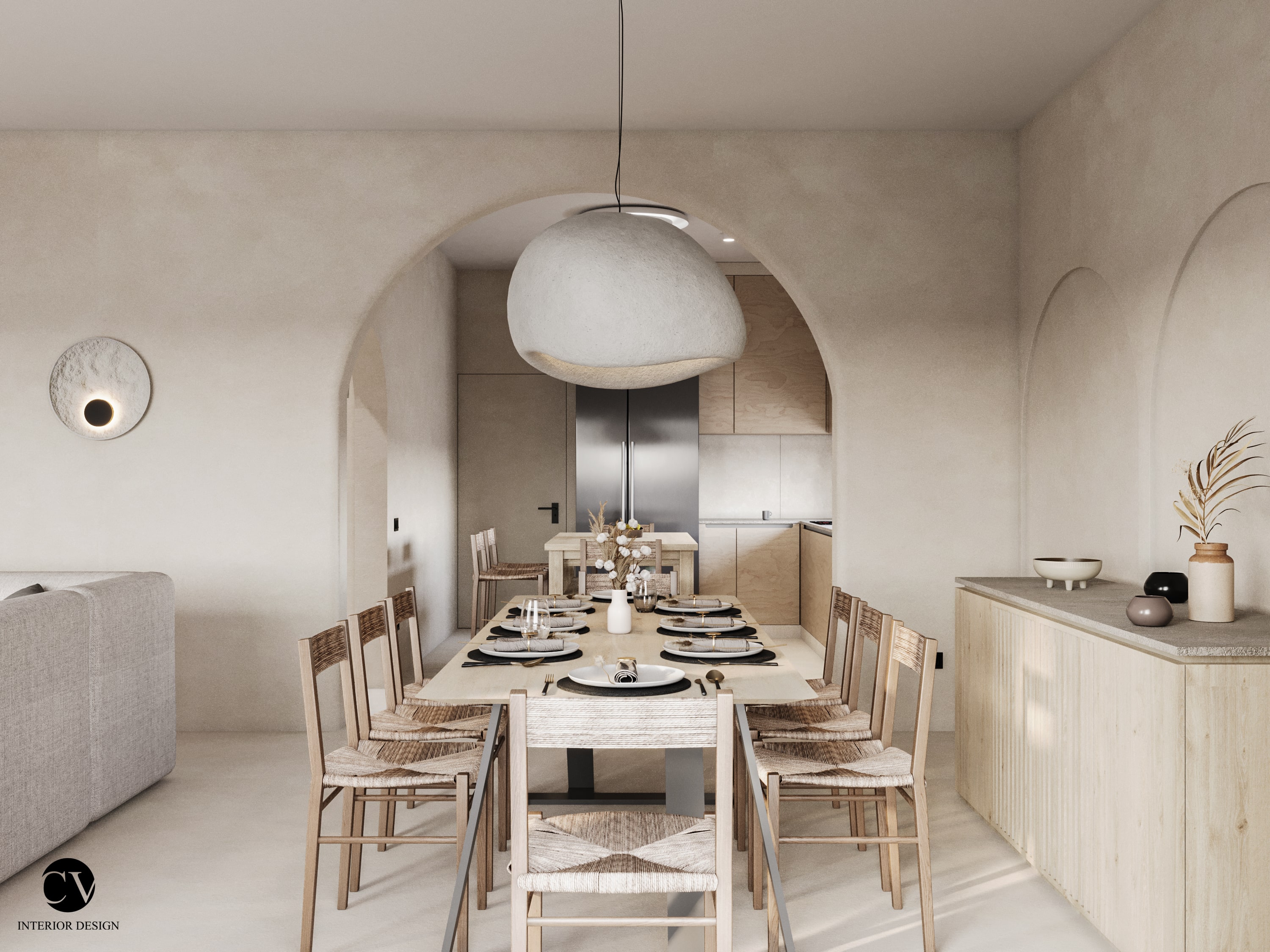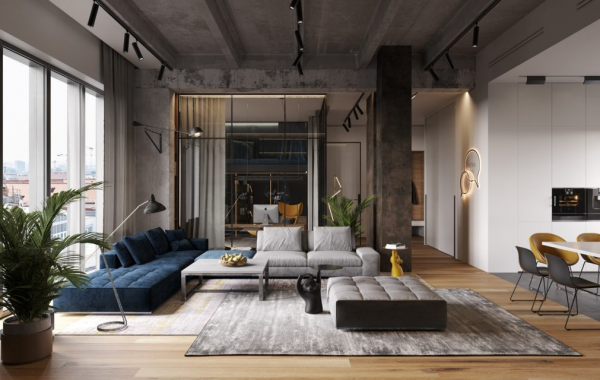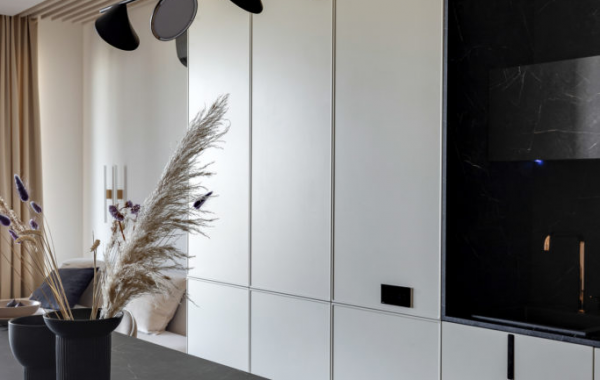Japandi design, an elegant and functional fusion between Japanese minimalism and Scandinavian aesthetics, represents an emerging trend in the world of interior design, offering a new interpretation of comfort and simplicity. This unique style developed as a response to the global desire for interior spaces that promote tranquility, order and connection with nature.
The Origin and Evolution of Japandi in Interior Design
Japanese design has deep roots in two distinct cultures: Japan and the Scandinavian countries. In Japan, design principles are deeply influenced by the concepts of Zen and wabi-sabi, which value simplicity, asymmetry and imperfect beauty. On the other hand, Scandinavian design, originating from countries such as Denmark, Sweden and Norway, is known for its functionality, clean lines and use of natural materials.
In the 20th century, as globalization facilitated cultural exchange, Japanese and Scandinavian design elements began to intersect. Designers and architects have experimented with ideas that combine Japanese minimalism with Nordic aesthetics, giving birth to the Japandi style.
Japandi Design Features
The Japandi style is distinguished by the following main features:
- Balanced Minimalism: This style emphasizes an uncluttered space, promoting order and clarity. The decor elements are carefully selected, avoiding overloading the space.
- Natural Colors and Textures: The Japanese color palette is dominated by neutral shades such as beige, gray and white. Natural textures such as wood, stone and plant fibers are essential to create a feeling of warmth and comfort.
- Functionality and Form: In japandi, every piece of furniture and decor is both functional and aesthetic. Simple and practical design is key.
- Connection with Nature: The japandi design encourages the introduction of natural elements, such as plants and natural light, to create a calm and refreshing environment.
- Harmony of Contrasts: Although based on minimalism, japandi allows the subtle play of contrasts, combining rough textures with smooth surfaces, or warm colors with cool tones
Cultural Influence and Contemporary Relevance
Japanese design is not just a trend; it reflects a change in the way people perceive and interact with their living spaces. In an increasingly hectic world, this style offers a haven of tranquility and simplicity, valuing quality and durability over quantity and ephemerality.
By harmoniously combining two aesthetic traditions, japandi manages to create spaces that are as functional and comfortable as they are elegant and stylish.
Exploring Japandi Spaces: A Balance Between Aesthetics and Functionality
Japanese design is not only an aesthetic trend, but also a practical approach to arranging spaces. This section will explore how Japandi principles can transform different parts of the home, from the dining room to the terrace, into areas of simple beauty, function and relaxation. We will analyze the specifics of each space, showing how the japandi style can be implemented to create a harmonious and balanced environment.
Japandi Dining Room

Japandi kitchen

Living room in Japandi style

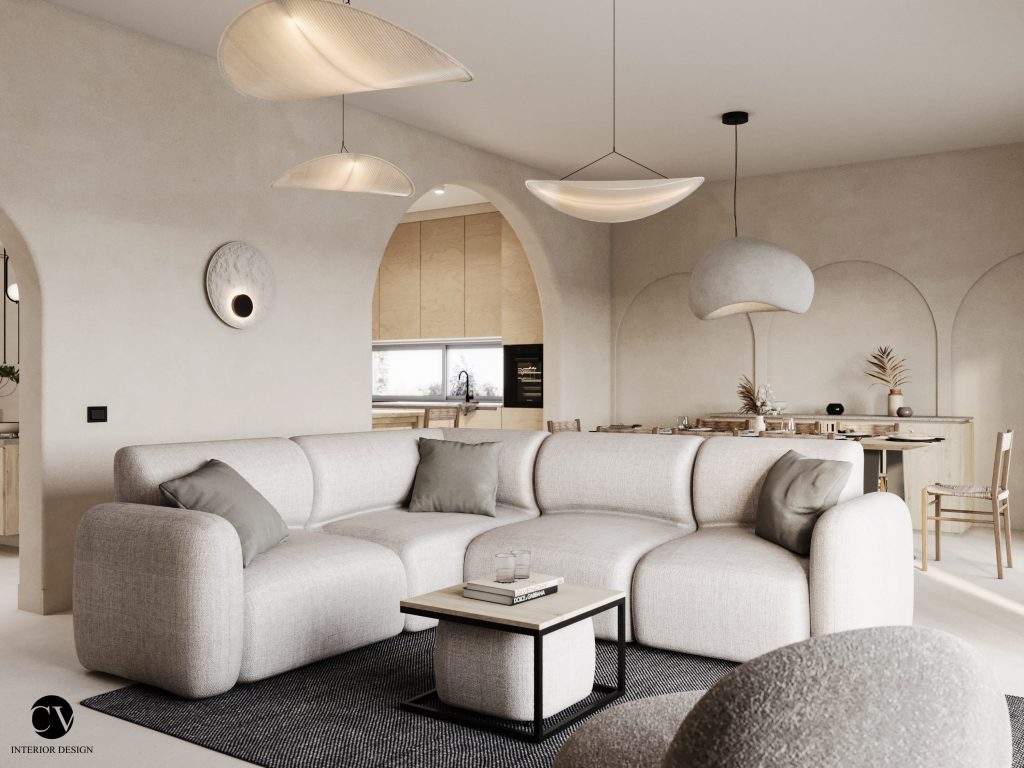
Stairs in Japandi Style
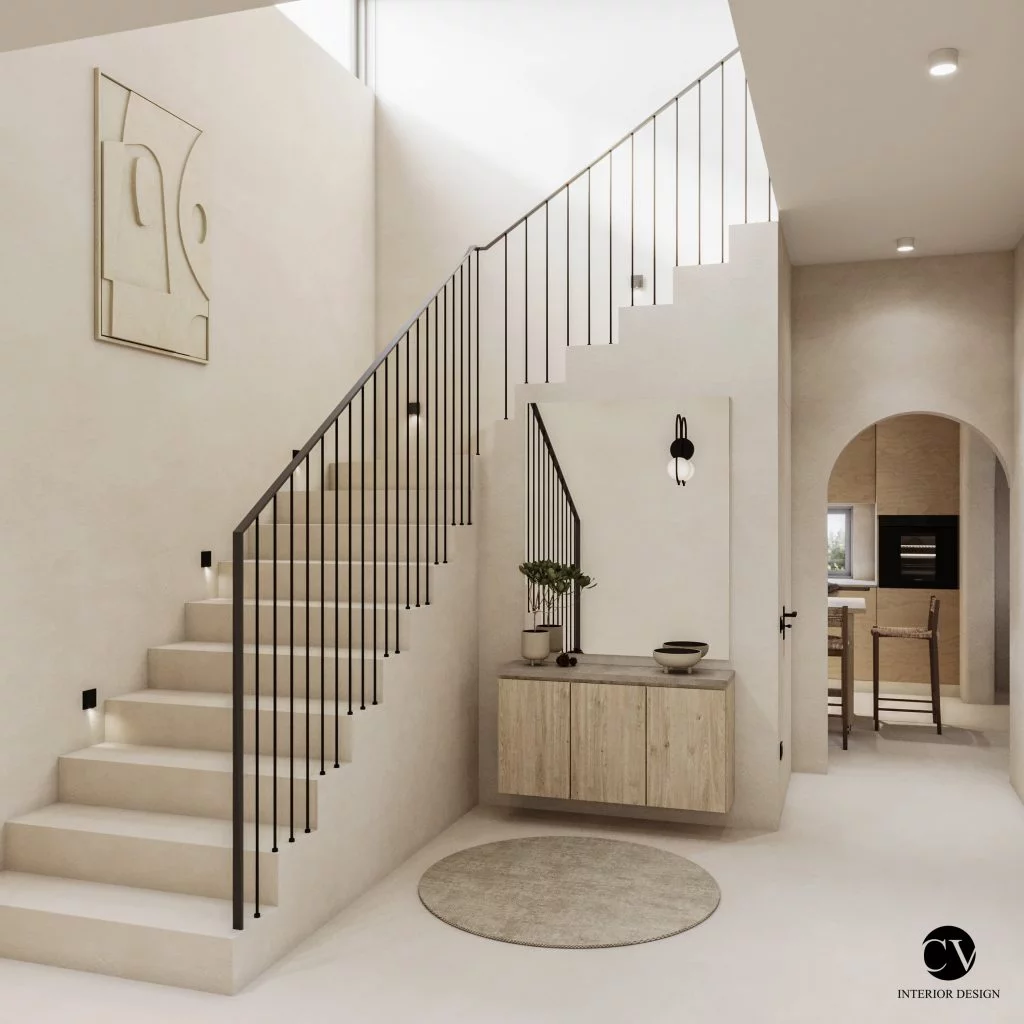
Japandi Terrace
